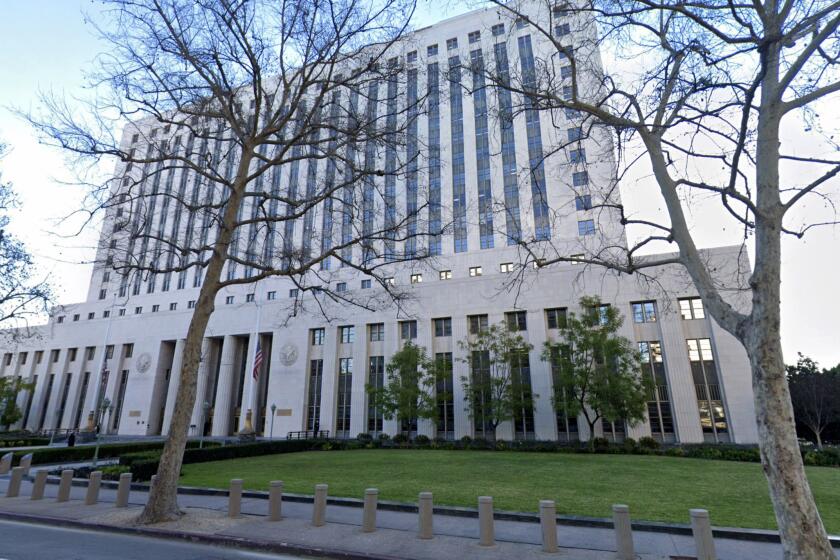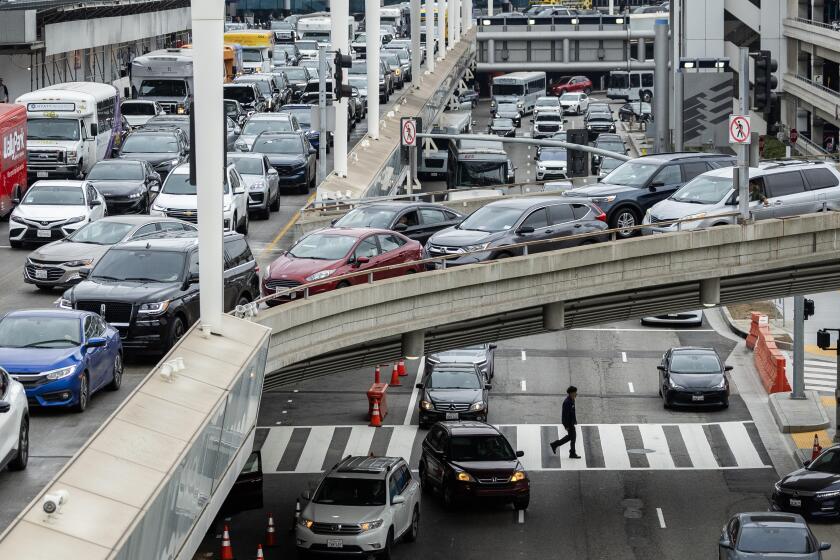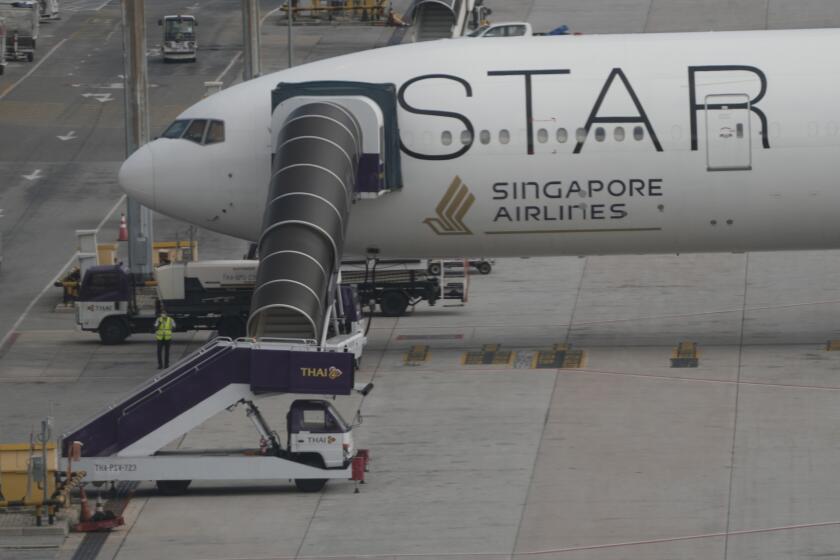Accelerating in 1987
On a bright, sunny summer afternoon in 1912 my father, George Adelbert Kraft, driving a red model S Ford, was crossing the main intersection in downtown Wichita, Kan., when a police officer directing traffic shouted at him as his car bumped along on high-pressure pneumatic tires, “The speed limit across this intersection is four miles an hour. You will abide by it, sir.” There was a windshield on the car but no top. My father complied and his car slowed down crossing the remainder of the intersection.
There was no speedometer on my father’s car. The police officer knew nothing of radar, which would not be invented until decades later. The speed of a vehicle then was all a matter of estimation in relation to horse-drawn vehicles and pedestrians. At that time there was not even a requirement or law that vehicles travel only on the right side of the street.
If one were to drive a motor vehicle across that same intersection today under normal traffic conditions at four miles an hour, you could expect to be given a traffic ticket specifying a court appearance and your payment of a fine adjudged appropriate for such a tortoise-paced motorist.
My father drove to his home in Haven, Kan., over dusty dirt roads and he was depressed for several days afterward because he had been bawled out by a police officer as he drove too fast across that main intersection in downtown Wichita; there was no traffic ticket, no fine.
The vignette illustrates what has been happening in relation to the activities of human beings all around the world in the latter part of this century. There have been increasing and unusual demands for faster transportation, faster communication, faster mathematical calculation, faster business accounting and record keeping using computer technology, faster food preparation, faster spending and faster collection of taxes.
We are coming to the realization that motorists in 1987 on many streets in Los Angeles are going to be driving in their enclosed, air-conditioned cars, capable of speeds of more than 100 miles an hour, but all too often limited to moving through traffic as slowly as four miles per hour and sometimes even no movement at all.
However, the limitation to the movement of motor vehicles in such situations will be brought about by operation of the laws of physics extant throughout our universe--not affected, or affected very little, by attempts to enforce any law set forth in the California Vehicle Code.
GEORGE MELVIN KRAFT
Tujunga
More to Read
Start your day right
Sign up for Essential California for news, features and recommendations from the L.A. Times and beyond in your inbox six days a week.
You may occasionally receive promotional content from the Los Angeles Times.






